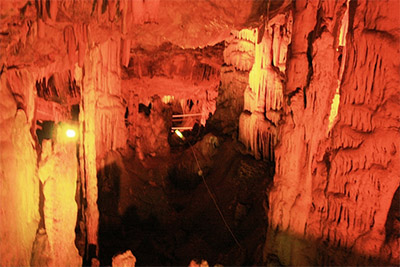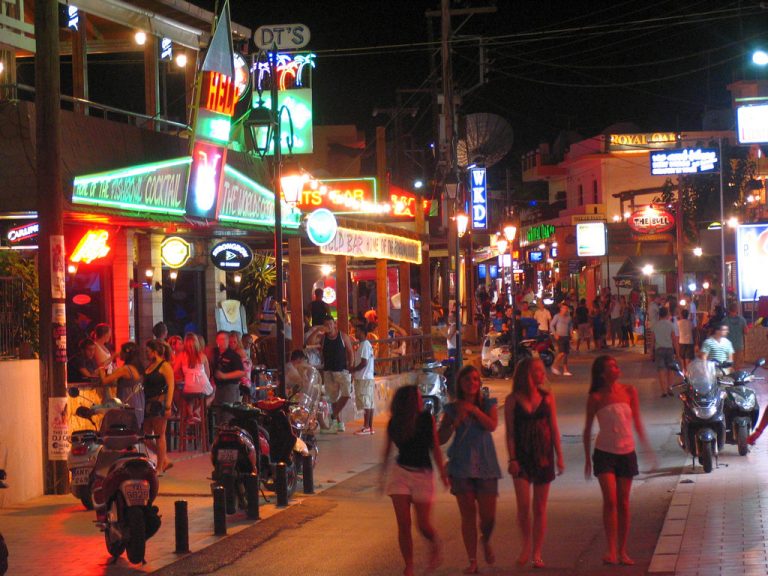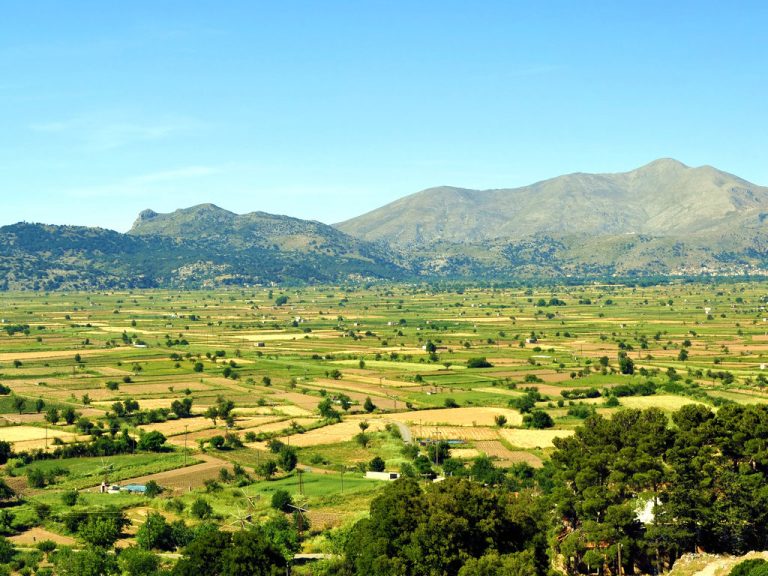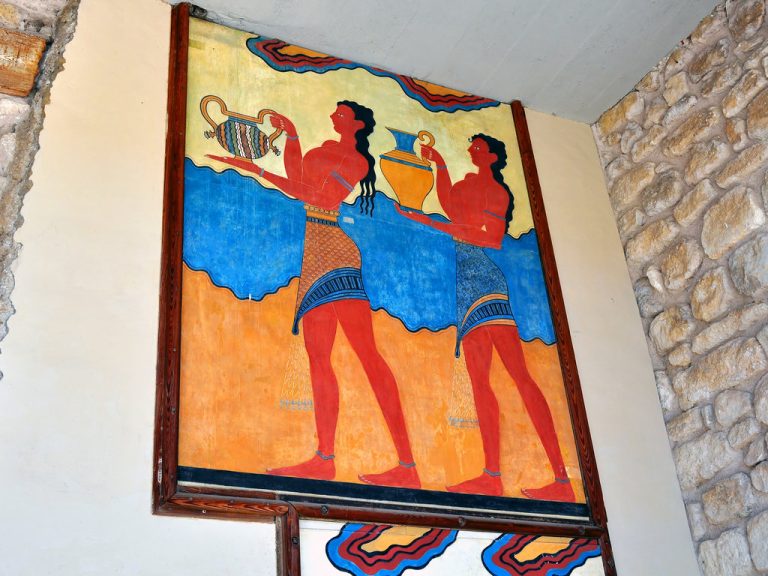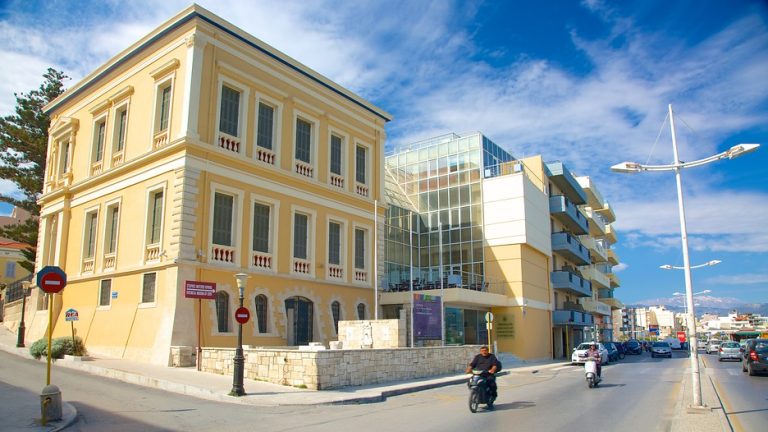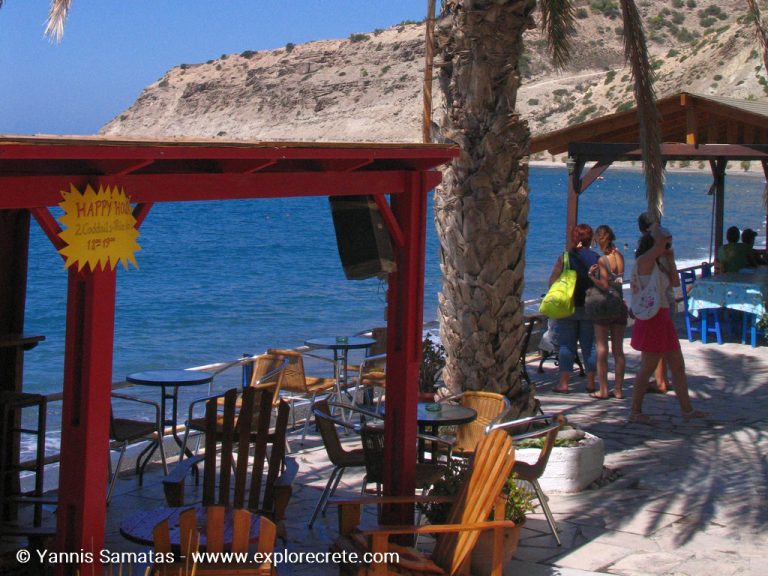Knossos Palace
On the eve of the 20th century Sir Arthur Evans discovered Knossos, the main Palace of the Minoan Civilization in Crete. Settled upon the area of Heraklion and named after King Minos of Crete, the Palace of Knossos features numerous details of the great Minoan Civilization and is considered to be the largest Bronze Age archaeological site in Crete.
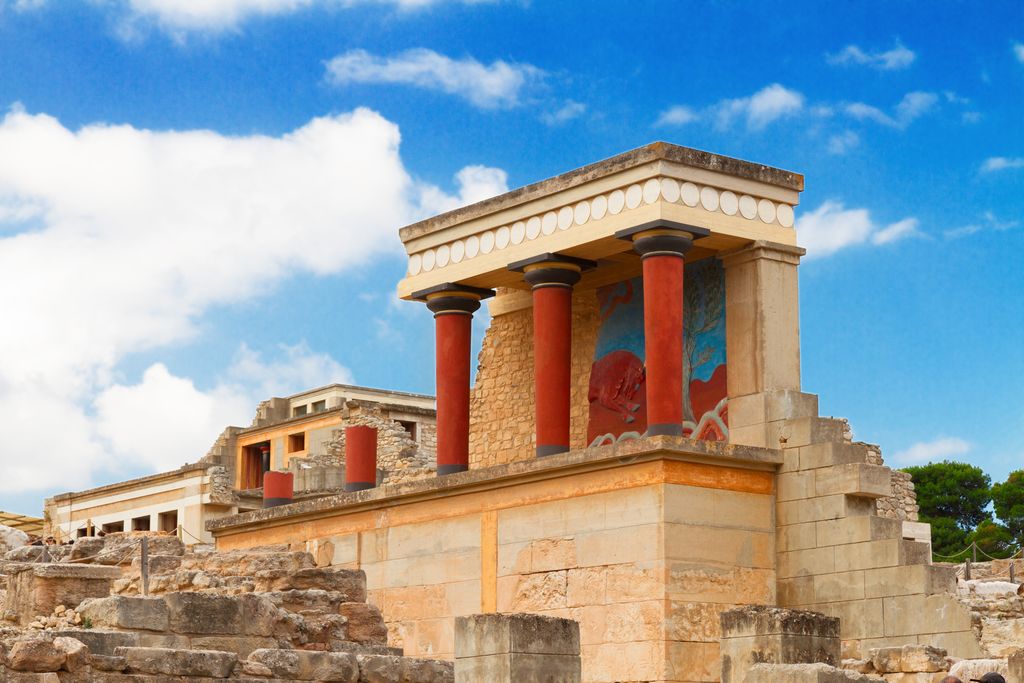
Sir Arthur Evans restored big parts of the palace. Today, visitors can admire and appreciate the amplitude and brilliance of this place.
Knossos is a multi-storey building lying at almost six acres of land. It was built between 1700 and 1400BC. It boasts a very interesting layout, although the original plan cannot be seen anymore, due to destructions and re-buildings: it includes a theatre, large storage rooms, a throne room, baths, courtyards and four main entrances – one on each of the four cardinal sides. It is considered to be a complicated structure; therefore it is completely understandable that it has been associated to the mythological Labyrinth.
According to the myth the place was designed by the notorious architect Daedalus, who followed closely the instructions of King Minos. According to the experts the original palace of Knossos featured more than 1300 rooms connected to each other via a complicated network of corridors and hallways.
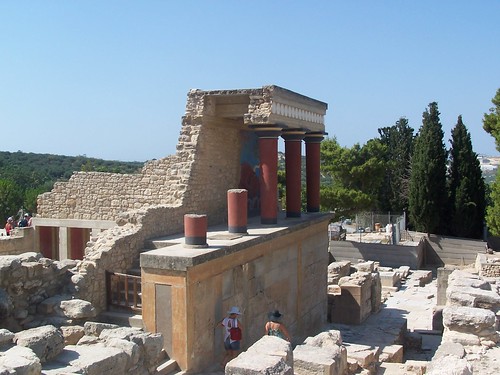
photo of Knossos Palace by: gordontour
Minos supposedly imprisoned the architect once the Palace was constructed so as to ensure that he wouldn’t reveal the big secret, which was nothing else but the famed Labyrinth, residence of the mythological monster Minotaur, associated with king Theseus of Athens.
The Palace of Knossos was the administrative center of Crete and the famous Minoan Civilization, offering unprecedented prosperity to the residents of the island. The destruction of the Palace and the fall of the Minoan Civilization remains still a half resolved and understood mystery.
Today, the Palace of Knossos is open to visitors from all over the world. It is the main tourist attraction in Heraklion and one of the major archaeological sites of Greece.

